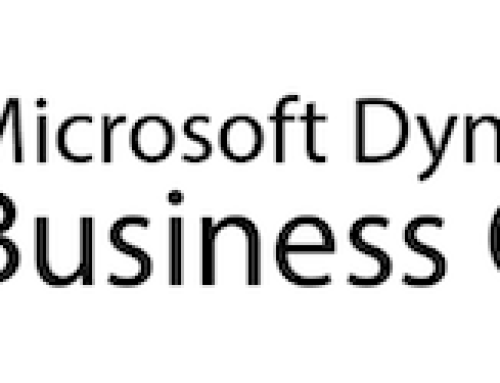This video shows SalesPad (for Microsoft Dynamics GP) Quick Reports and the Advanced Functionality it offers for creating Purchase Orders. This Quick Report focuses on suggesting quantities to order for a particular site and goes through the process of creating the purchase order, based on that suggested quantity, with the ability for the user to be able to change the quantity directly in the Quick Report.
Transcription
This is Ryan from CAL Business Solutions. Today I’m going to be talking about SalesPad Quick Reports and the Advanced Functionality that they can offer us.
This quick report focuses on suggesting quantities to order for a particular site and goes through the process of creating the purchase order, based on that suggested quantity, with the ability for the user to be able to change the quantity directly in the Quick Report.
So, to start with, we have a dropdown menu here with all the different sites that are set up in GP. For this example, we’re going to be working with our warehouse, so we’ll go ahead and select that one, hit okay and refresh.
Now this Quick Report is pulling in the most important fields that we need, which are the vendor I.D., our vendor name, the item number, the description, how many are on hand, what the order point quantity is for this site, the expected lead time and the quantity to order. The quantity to order field is a calculated field bases on whatever business logic we give it, and that way it can be situated to fit whichever organization we go ahead and implement this in.
So, in this example, the quantity to order is a calculation of the order point, minus the quantity on hand, and you’ll notice that the quantity to order is an updateable field. So, while the report suggests to order one, we could go ahead and say no, I want some more than that, I’m going to take ten, and let’s round this one up to 200, and we’ll say 50 of this.
So, after we’re done going through and updating the quantities that we want to order, our next step would be to go ahead and create our purchase order. Now you’ll notice that this on quick report we have more than one vendor that’s listed here. So, we have our vendor “Attractive Telephone” here, down here we have “Circuit Distributing”, and quite a few others. Now, if we only wanted to produce a purchase order for the one versus all of them, and we built in the ability to do so in our right button clicks. So, when you give the Quick Report a right button click, you’ll see two different options that pop up. We can create a purchase plan for all vendors or create a purchase plan just for this one vendor that we’re on.
Let’s say that we’ve gone through an ongoing order for “Attractive Telephone”, we’re happy to create the purchase order for that one, so we’ll create the purchase plan for this order. This is going to stage the information for us to be able to process a P.O. and it lets us know that it successfully created the purchase plan. So, it will move this from a purchase plan into an actual P.O., we’ll go over to our purchasing advisor and click on the purchase button.
Now you’ll notice that we have our vendor listed out, “Attractive Telephone”, and it has created it’s own purchase plan batch and this one has the name of CAL and the vendor information, but we could give this really any name that we wanted.
You’ll also see all of the items and the quantities we entered into the quick report are populated here, and we’ll go ahead and select all of these and in this case, we’re going to delete this, because we want to make a couple changes. So, we’ll remove them and that will delete our assignment.
So, now we’re going to go back over into our Quick Report and let’s say we decided that we do want to go ahead and order all of the items that are on this Quick Report. So, we’ll go ahead and give another right button click and go create purchase plan for all vendors, and once again, it’s going to pop up and let us know once everything is ready to review. So, we hit okay, go to our purchasing advisor and click the purchase button and now we can see all of the different purchase plans have been created based on the information in that Quick Report. So, let’s say we want to turn one of these into an actual P.O., so we’ll go here, so we’re going to hit select all and that checks off each of the items that we want to put on our purchase order, and then we’ll hit create P.O. This will convert all that data into an actual purchase order, based on the information that was in our quick report and then we can go ahead and save that, and our purchase order is all set.
Thank you for watching our advanced functionality of quick reports and I hope that you got something out of this video.
By Ryan Dyer, CAL Business Solutions, www.calszone.com












